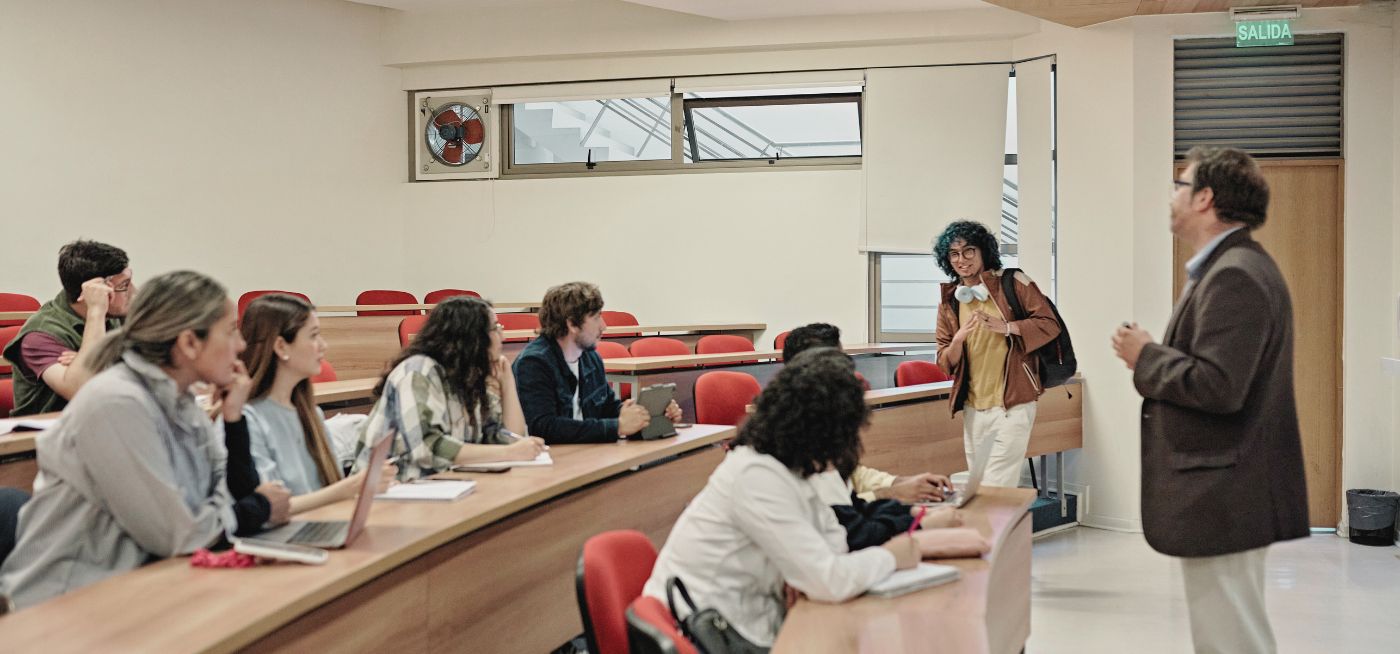

Revolutionizing education: The Transformative role of technology in learning environments
Technology plays a crucial role in transforming the educational landscape in the modern era.
The integration of digital innovations has greatly transformed the conventional model of education. Various educational institutions, professors, and students have enthusiastically adopted technology, transforming traditional classrooms into vibrant and engaging learning spaces.
The impact of technology on education is transformative
The influence of technology on education is vast and diverse. It has made information and learning materials accessible to everyone, regardless of their location, by removing geographical limitations. Students now have the ability to access a vast collection of information, allowing them to explore beyond the limitations of conventional textbooks. This transition has facilitated independent learning and encouraged inquisitiveness among students, resulting in a more captivating educational experience.
The incorporation of tailored software solutions in remote learning environments has had a profound impact. It allows for customized learning experiences that are specifically designed to accommodate the varied learning speeds and preferences of each student. Adaptive learning platforms, AI-driven teaching tools, and interactive applications are utilized to generate personalized learning routes, guaranteeing that every student is provided with instruction that is tailored to their individual requirements.
The evolving role of technology in educational settings
The function of technology in teaching has transitioned from being an additional tool to becoming an essential component of the educational process. Teachers utilize digital tools, including online courses, educational apps, and collaboration platforms, to create an engaging and immersive learning atmosphere. These tools enhance efficient communication, collaboration, and immediate feedback, overcoming the constraints of conventional teaching approaches.
Furthermore, technology has transformed the traditional classroom by extending it into a digital domain that enables remote study and collaborative work. Video conferencing, virtual classrooms, and online forums have brought together students and instructors, overcoming geographical limitations and promoting a globalized learning community.


Using educational technology in the classroom to improve learning
The incorporation of instructional technology has significantly revolutionized the classroom. Interactive whiteboards, educational software apps, and digital libraries have transformed the methods by which teachers convey information and involve pupils. These tools enhance multimedia presentations, simulations, and immediate access to a wealth of educational content, promoting a more captivating and dynamic learning experience.
Teachers can utilize technology to customize their instructional approaches to accommodate a wide range of learning styles. Visual learners derive advantages from multimedia presentations, auditory learners from podcasts, and interactive learners from hands-on exercises. Technology facilitates a more comprehensive and varied approach to teaching, accommodating the specific requirements of individuals.
The role of technology-enhanced learning is fundamental in the contemporary educational ecology. It includes cutting-edge tools and platforms that make it easier and enhance the learning process. These encompass AI-driven adaptive learning systems, the incorporation of game elements into educational content, virtual and augmented reality technologies, and collaboration platforms based on cloud computing.

These platforms not only create an interactive learning environment but also provide crucial information about student development and learning habits. Educational technology employs data collection to analyze and tailor learning pathways, guaranteeing that every student obtains the most efficient and individualized instruction.
Ultimately, the incorporation of technology in education has fundamentally transformed the methods of student learning and teacher instruction. The significance of technology in education goes beyond simply digitising content; it involves completely altering the learning process. Through the utilisation of tailored software solutions, remote learning environments have become increasingly adaptable and efficient, providing a more comprehensive, captivating, and individualised educational experience.
![SmartUni [The Voice of SIMI Swiss]](https://smartuni.ch/wp-content/uploads/2024/07/Smart-Uni-Logo_800-2.png)








Leave a Reply